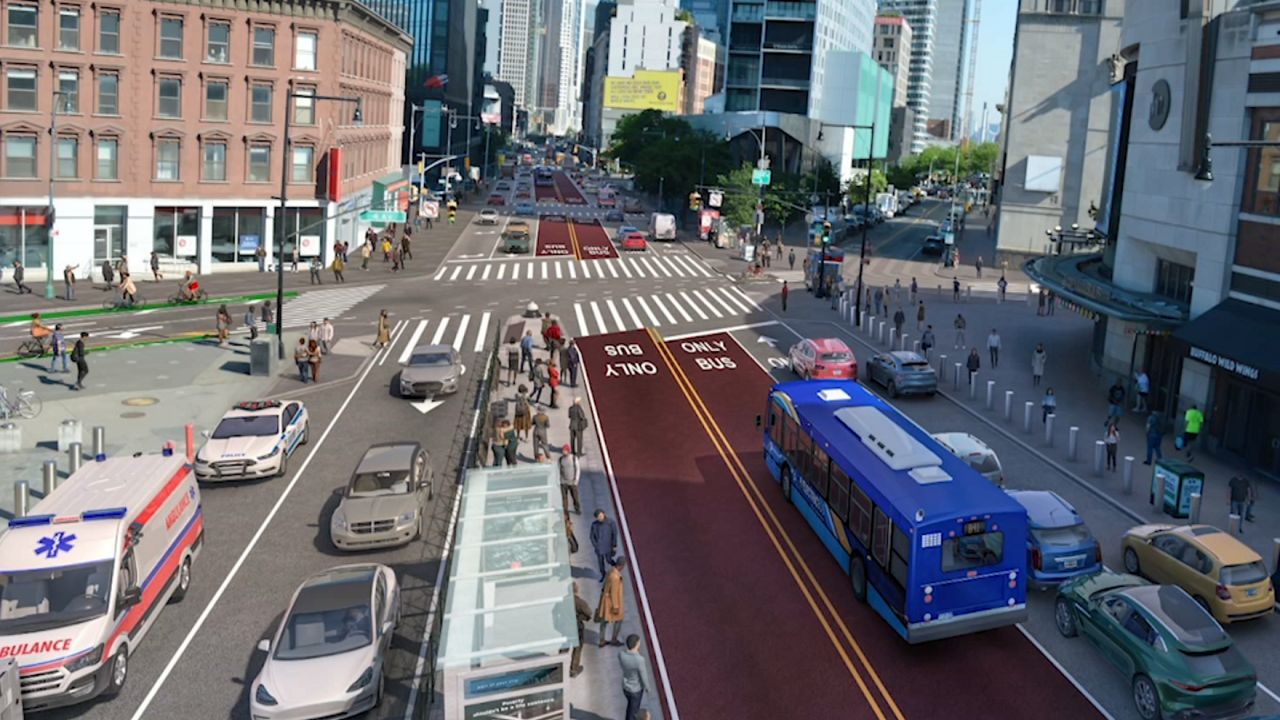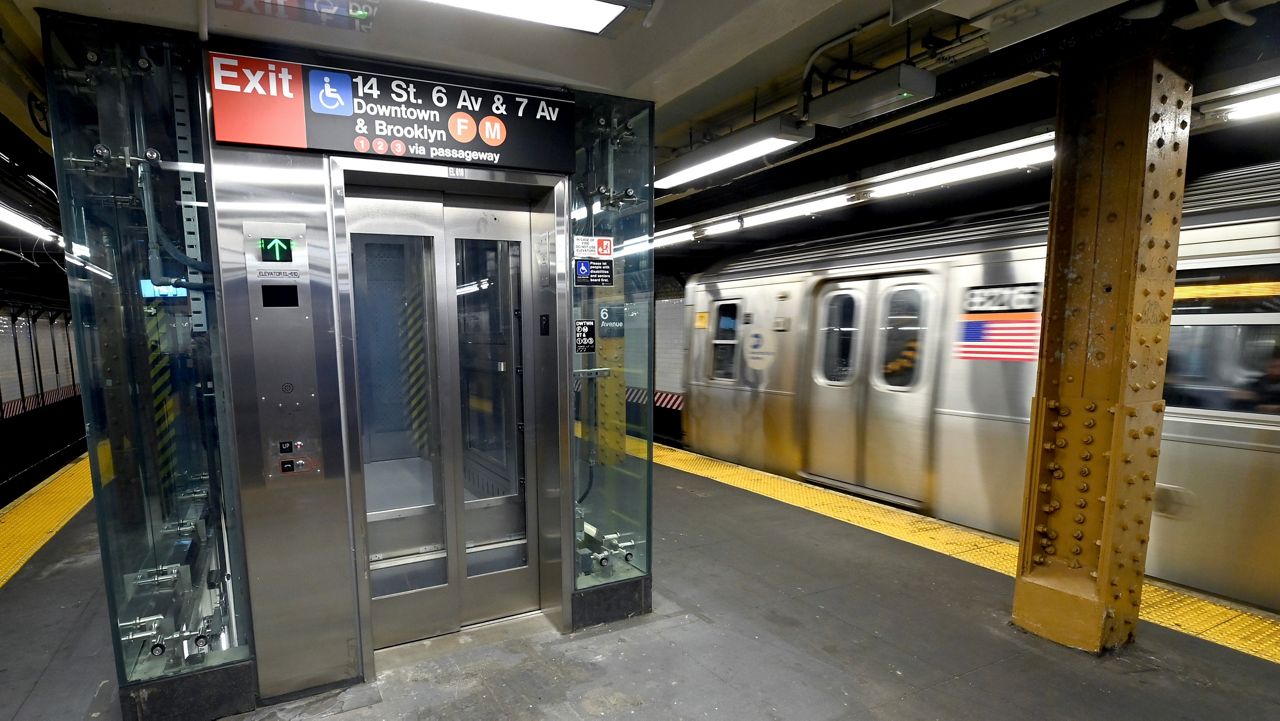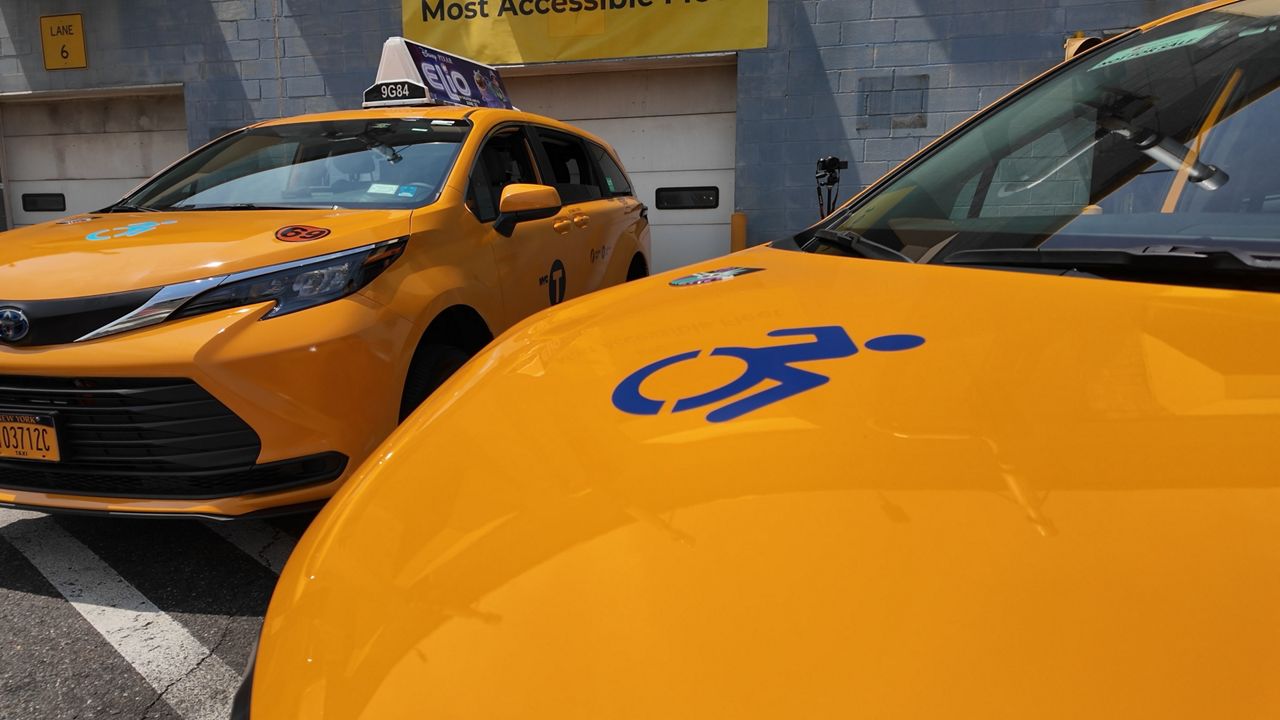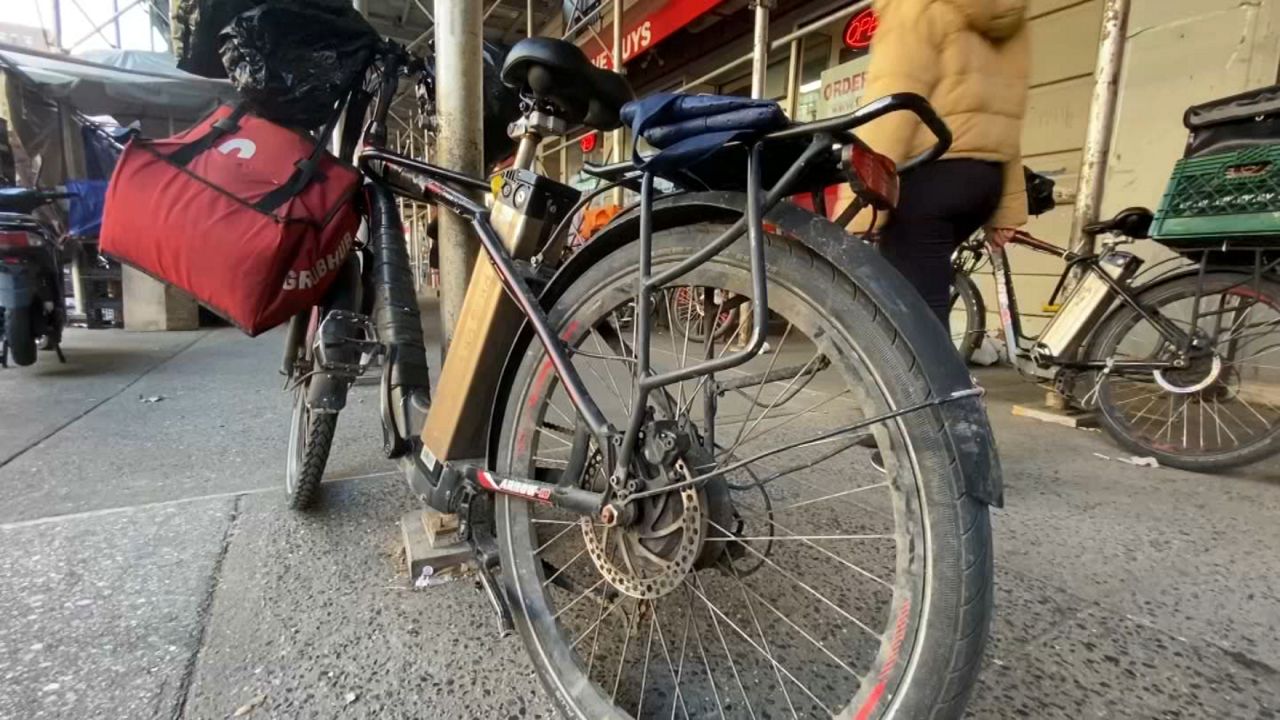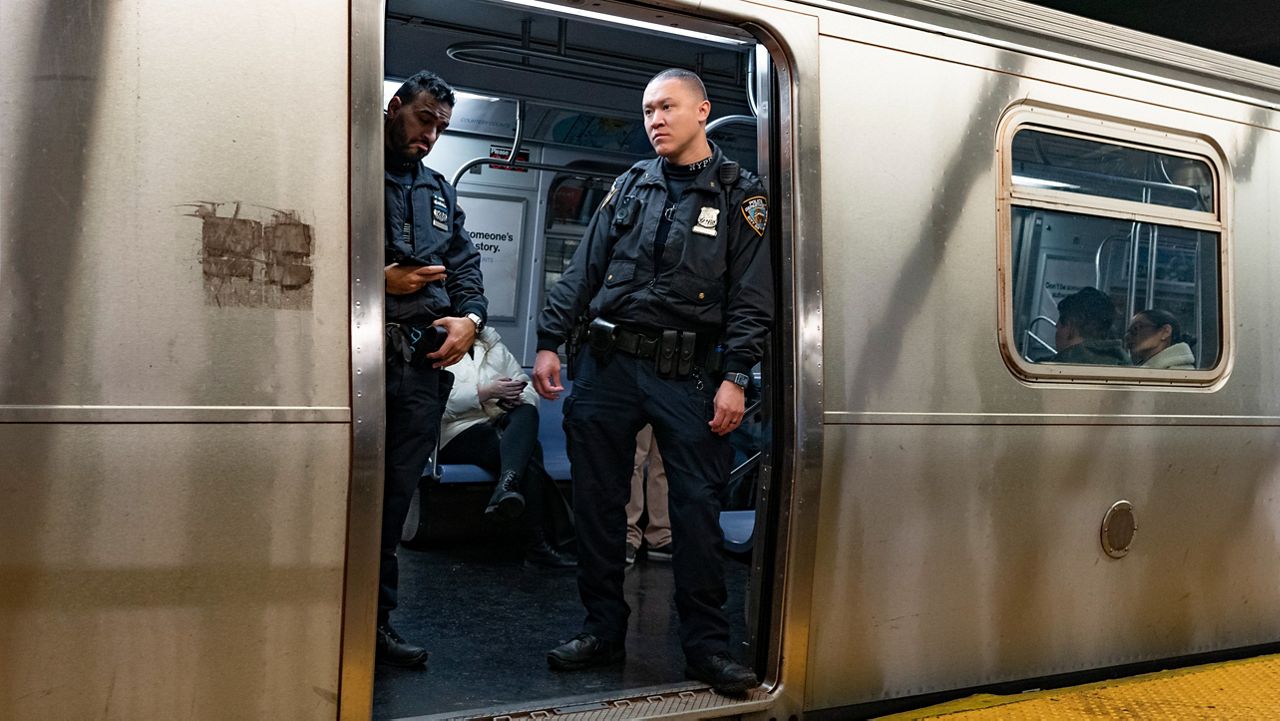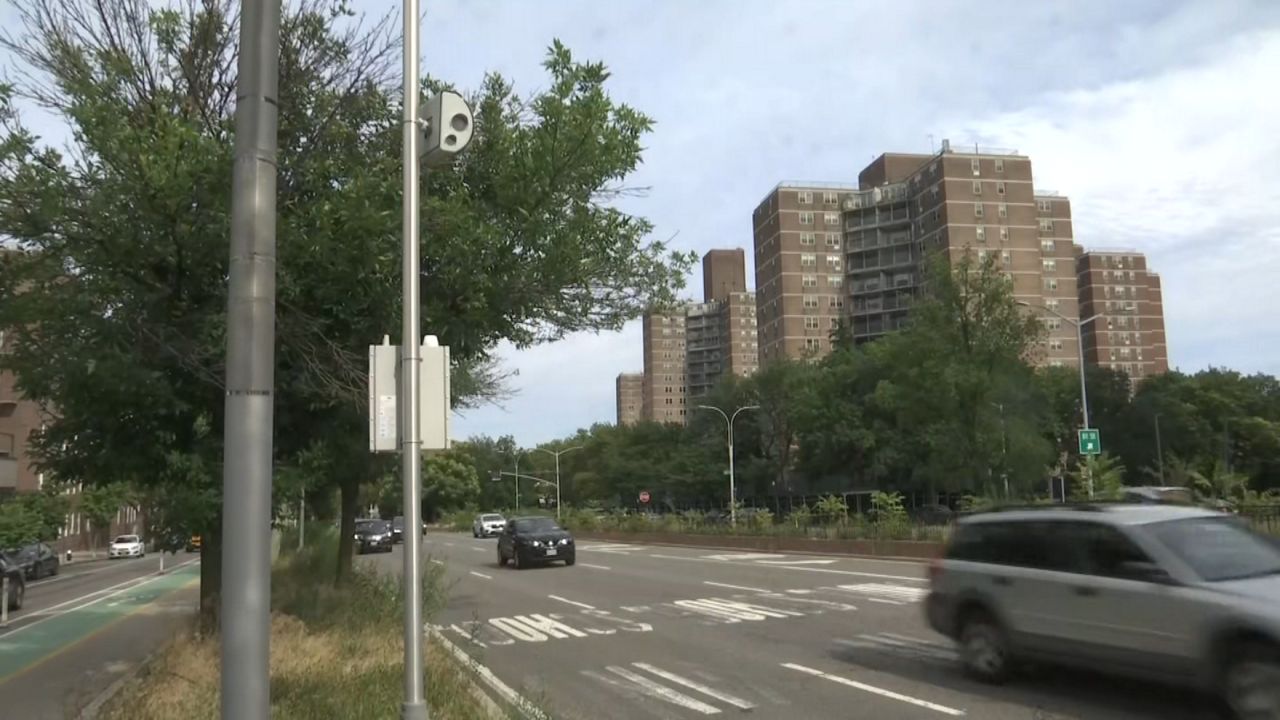Excavation work is underway at Hudson Yards, where two new tubes of the Gateway Tunnel will eventually carry trains from under the Hudson River into Penn Station.
“We’re also moving soil,” said Leroy Antoine, the project manager for Hudson Yards Concrete Casing 3. “We’re taking out 50 dump trucks, minimum, a day.”
It may not seem like it from all the mud and the struts running across the site, but the Hudson Yards concrete casing — the portion of the tunnel on the New York side of the Hudson — is halfway to completion.
“This project started 18 months ago, and it's due to be done 18 months from now," said Stephen Sigmund, the Gateway Development Commission’s chief of public affairs. "So we are on time and on budget.”
The next step will involve pouring the actual concrete.
“Essentially, a tunnel box and then put in all the signals and the track and the power in order for the trains to get through it,” Sigmund said.
The excavation work has presented unique challenges, particularly in building the trench.
“Eleventh Avenue didn't exist. Everything used to be a large build," Antoine said. "They used to be piers, boats. So, everything on the west end is essentially fill and is clay. So, one of the hardest hardships that we had on this project was dealing with all the different natures of the soil, the difficulty of moving around in the clay and everything that is associated with that.”
Yellow struts currently support the excavation walls. Special consideration also had to be given to the High Line, the elevated park built on former freight tracks.
“We've also done underpinning of the High Line, which anyone when they come to the island, what they'll see is, partially, a large concrete beam sticking out," Antoine said.
"We actually have put in nine of those beams underneath the island as you walk over to the Jacob Javits Center, and currently the High Line is actually supported on these concrete beams and is essentially floating in the air.”
This section of the tunnel is expected to be completed next year. Work is also underway on a 1,200-foot concrete box near the Hudson River, which will serve as a path for a tunnel boring machine. That phase is expected to wrap up in 2027, followed by work on the New Jersey side of the tunnel.
Once completed in 2035, the new tunnel is expected to reduce delays and cancellations caused by problems in the current aging infrastructure.






